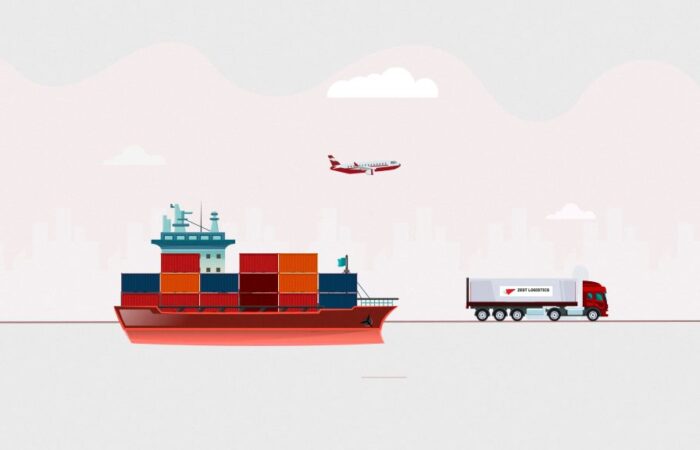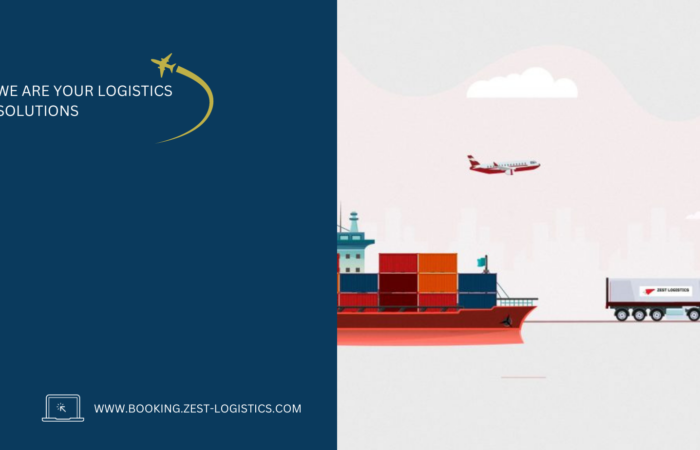The African Continental Free Trade Area is an ambitious trade pact to form the world’s largest free trade area by creating a single market for goods and services for almost 1.3billion people across Africa and deepening the economic integration of Africa. The trade area could have a combined gross domestic product of around $3.4 trillion, but achieving its full potential depends on significant policy reforms and trade facilitation measures across African signatory nations.
The AfCFTA aims to reduce tariffs among members and covers policy areas such as trade facilitation and services, as well as regulatory measures such as sanitary standards and technical trade barriers.
The agreement was brokered by the African Union (AU) and was signed by 44 of its 55 member states in Kigali, Rwanda on March 21, 2018. The only country still not to sign the agreement is Eritrea, which has a largely closed economy.
As of October 2022, 44 of the 54 signatories (81.5%) have deposited their instruments of ratification with the chair of the African Union Commission, making them state parties to the agreement.
The AfCFTA Secretariat, an autonomous body within the African Union based in Accra, Ghana, and led by secretary general Wamkele Mene, is responsible for coordinating the implementation of the agreement.
African heads of state and government at the African Union Summit that saw the signing of the African Continental Free Trade Agreement in Kigali, Rwanda, on March 21, 2018. (Photo: STR / AFP)
Have negotiations on the AfCFTA been completed?
Trading under the agreement commenced on 1 January 2021, after a sixth-month delay due to the impact of Covid-19. However, negotiations on many issues need to be resolved before the agreement can fully function. The negotiations have been divided into three phases:
- Phase 1 negotiations – trade in goods and services. Negotiations led to the ratification of legal instruments (the AfCFTA agreement itself and protocols on trade in service and goods and settlement of disputes) that came into force on 30 May 2019, permitting the launch of trading. However, negotiations continue on many details (see below).
- Phase 2 negotiations – intellectual property rights, investment, and competition policy. Some of these negotiations have already begun.
- Phase 3 negotiations – e-commerce. These negotiations are due to begin when phase 2 is complete.
Negotiations are underway to eliminate tariffs on 90% of goods over five years (10 years for least developed countries, or LDCs). An additional 7% of tariff lines are deemed “sensitive”. Tariffs on these goods will be eliminated over 10 years (13 years for LDCs). A remaining 3% of tariff lines can be excluded from liberalization, but the value of these goods cannot exceed 10% of total intra-African imports.
Negotiations on rules of origin have proved a sticking point: “While some countries are arguing for stringent rules of origin to ensure that preference accrues only to members and is not deflected to non-members, others – generally the least developed countries with weaker productive capacities – advocate more flexible, pro-developmental rules that allow them to source inputs from the cheapest and most competitive locations,” explains Hippolyte Fofack in a recent article for the Journal of African Trade.
However, at the end of January, African Ministers of Trade agreed to allow the trading of some 850 products to commence under the rule of origin protocol, including cheese, edible oil, fish, and some machinery, and guided negotiators in progressing negotiations on remaining products such as tobacco products, automobiles, sugar, clothing, and textiles.
Why does Africa need the AfCFTA?
Trade integration across the African continent has long been limited by outdated border and transport infrastructure and a patchwork of differing regulations across dozens of markets.
Governments have often erected trade barriers to defend their markets from regional competition, making it more expensive for countries to trade with near neighbors than countries much further afield.
Intra-African exports were 16.6% of total exports in 2017, compared with 68.1% in Europe, 59.4% in Asia, 55% in America, and 7% in Oceania, according to UNCTAD. Intra-African trade, defined as the average of intra-African exports and imports, was around 2% during the period 2015–17.
The share of exports from Africa to the rest of the world ranged from 80% to 90% in 2000-17 – only Oceania had a higher export dependence on the rest of the world in that period.
What are the predicted economic benefits of the AfCFTA?
In a 2020 report, the World Bank estimated that by 2035, real income gains from full implementation of the agreement could be 7%, or nearly $450bn. By 2035, the volume of total exports would increase by almost 29% relative to business as usual. Intra-continental exports would increase by more than 81%, while exports to non-African countries would rise by 19%.
The Bank predicts that the agreement could contribute to lifting an additional 30m people from extreme poverty and 68m people from moderate poverty.
Yet the impact across countries will not be uniform. The World Bank says that at the very high end, countries like Côte d’Ivoire and Zimbabwe could see income gains of 14% each. At the low end, some – such as Madagascar, Malawi, and Mozambique – would see real income gains of only around 2%.
In a follow-up report published in June 2022, the Bank listed benefits from the expected increase of foreign direct investment (FDI) expected to accrue from the agreement.
Under an “AfCFTA FDI broad scenario,” it predicts that Africa may record an increase of 111% in FDI, further boosting real income gains in Africa to about 8% in 2035.
Under an “AfCFTA FDI deep scenario,” it examines the additional gains that could result from expanding the agreement from trade in goods and services to harmonizing policies on investment, competition, e-commerce, and intellectual property rights.
Under this scenario, it predicts an increase in FDI of 159% and that income gains could increase by up to 9% by 2035.
Other potential benefits of the AfCFTA highlighted by the June 2022 report include:
- Higher-paid, better-quality jobs, with women seeing the biggest wage gains.
- Wages rises to 11.2% for women and 9.8% for men by 2035, albeit with regional variations depending on the industries that expand the most in specific countries.
- Under deep integration, a rise in Africa’s exports to the rest of the world of 32% by 2035, while intra-African exports would grow by 109%, led by manufactured goods.
In its Economic Development in Africa Report 2021, the UN Conference on Trade and Development (UNCTAD) said that “the total untapped export potential of intra-African trade is around $21.9 billion, equivalent to 43 percent of intra-African exports”.
“More than one-third of that export potential is explained by frictions, namely, static untapped export potential, which implies that $8.6 billion in trade could be realized by engaging actively in efforts to identify and address current market frictions in African trade today,” said the report.
How will the AfCFTA work with existing regional trade areas?
According to an analysis by the World Bank, in the policy areas already covered by subregional preferential trade areas (PTAs), such as the Common Market for East and South Africa (COMESA), the East African Community (EAC), the Economic Community of West African States (ECOWAS), and the South African Development Community (SADC), the AfCFTA will offer a common regulatory framework, reducing market fragmentation created by different sets of rules.
Secondly, the AfCFTA will be an opportunity to regulate policy areas important for economic integration that are often regulated in trade agreements but that so far have not been covered in most of Africa’s PTAs, which the Bank says “tend to be shallow”.
What does the AfCFTA say about the free movement of people?
Policymakers say that the free movement of labor will be a key contributor to the successful functioning of the free trade area, but not all African countries are committed to the concept.
Alongside the signing of the AfCFTA agreement and the supporting Kigali Declaration, 30 African nations signed the Protocol on Free Movement of Persons which seeks to establish a visa-free zone within the AfCFTA countries. However, major AfCFTA signatories in Nigeria and South Africa have not signed the Protocol, and the political will to do so is lacking.
Can the AfCFTA succeed?
In an interview with the French daily Le Monde in January 2022, African economist Carlos Lopes underlined the potential that the AfCFTA gives Africa to speak with one voice in trade negotiations.
Europe has 13 types of trade arrangements with Africa, each of which it defends firmly, he told the newspaper.
“Europe needs to understand the direction Africa is going in with the setting up of the AfCFTA… We Africans must be more united to defend our interests,” he declared.
His comments echo those of Gyude Moore, senior policy fellow at the Center for Global Development, in the December 2020 issue of African Business:
“This is an African project that will require African commitment to succeed. It must proceed regardless of what happens elsewhere. We can expect external actors to continue to pursue policies that run counter to Africa’s objectives as long as such policies benefit them. Even as we have made clear our intent to move trade along a multilateral track, Africa’s largest partners may seek to pursue a bilateral one.
“Despite the rhetoric of Africa’s external partners, the continent’s prosperity has never been the true objective of their policies and we cannot expect that to change now.”



